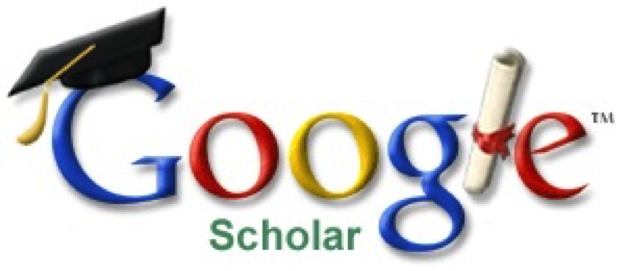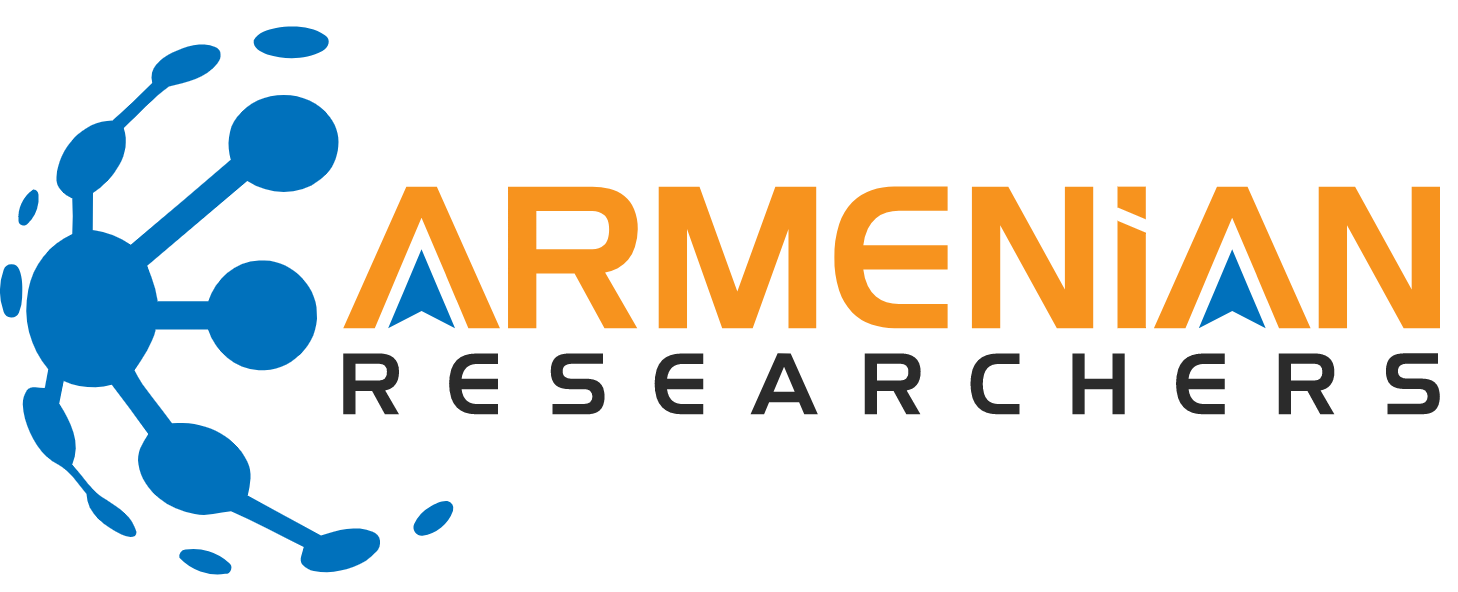MULTICULTURALISM IN CYBERSPACE
DOI:
https://doi.org/10.46991/AFA/2023.19.2.136Keywords:
language and culture, multiculturalism, online communication, social media communication, online multicultural educationAbstract
Language is an essential part of identity, and in many ways it is considered to be the fundamental constituent of identity. Language and culture are inextricably linked. Every social group with distinct linguistic and social characteristics seeks to preserve its cultural identity. Contemporary political theorists have labeled this phenomenon of the coexistence of different cultures in the same geographical space as multiculturalism. Based on the descriptive, analytical, comparative and verbal-culturological methods, this article discusses the presence of various cultural and ethnic groups within a society. Multiculturalism in cyberspace mainly denotes the harmony and interaction of diverse cultures within online communities and platforms. The vanishing of cultures naturally has a negative impact on diversity. It is critical to create an environment where different cultural groups can sustain and flourish, thus making the overall gamma of linguistic colors richer and more colorful.
Downloads
References
Ayunts, A., Dias E., Fernandes E., Guarino T., Prestes A.L. (2022). Mentoring Chain in a COIL Experience. Proceedings of ICERI 2022 conference (7-9 Nov), YSU, San Paulo State Technological College-Fatec, Brazil, pp. 8677-8685.
Ayunts, A. (2023). WebQuest as a PBL Tool in a COIL Experience. Revista CBTecLe, 7(1), pp. 182-192. http//doi:10.21125/iceri.2023.
Crystal, D. (2001). Language and the Internet, Cambridge: Cambridge University Press.
Guth, S. (2014). Case studies from the COIL institute for globally networked learning in the humanities. SUNY COIL Institute.
Meyer, E. (2014). The culture map: breaking through the invisible boundaries of global business, New York: Public Affairs.
Naughton, J. (2000). A brief history of the future: the origins of the Internet, London: Weidenfeld & Nicolson.
Rheingold, H. (1993). The virtual community: finding connection in a computerized world, London.
Rheingold, H. (2000). The virtual community: homesteading on the electronic frontier, Cambridge: MIT Press.
Thurlow C., Lengel L., & Tomic A. (2004). Computer mediated communication. Social Interaction and the Internet. London: Sage.
Sources of Data
A melting pot of cultures’ –challenges in social adaptation and interactions amongst international medical students. Retrieved 04 April, 2023.
Cultural diversity. Retrieved 04 September, 2023.
Deepening understanding of multicultural online education: teaching presence for English language learners. Retrieved 06 May, 2023.
Has technology improved our lives? Retrieved 22 April, 2023.
The culture(s) of cyberspace. Retrieved 18 April, 2023.
The culture map by Erin Meyer – The Eight Scales of Culture. Retrieved 10 September, 2023.
Virtual communities: definition, types & examples. Retrieved 18 May, 2023.
What is COIL? Retrieved 20 March, 2023.
What is a virtual community?. Retrieved 03 June, 2023.
Downloads
Published
How to Cite
Issue
Section
License
Copyright (c) 2023 Author(s)

This work is licensed under a Creative Commons Attribution-NonCommercial 4.0 International License.














